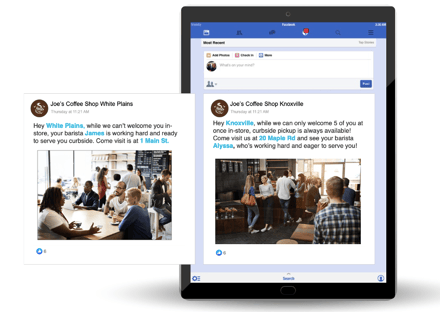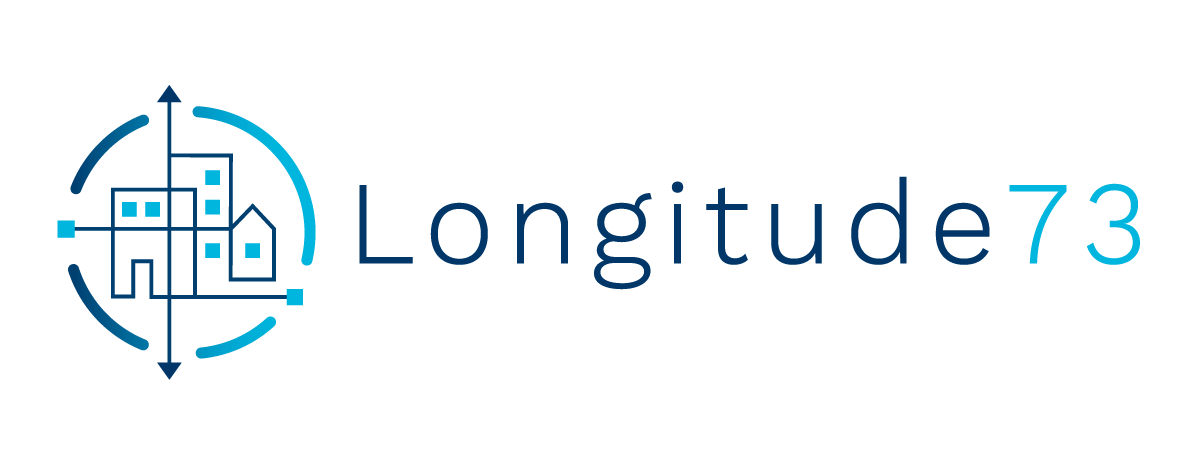I went to Whole Foods to grab some fresh fruit for the kids yesterday morning. I arrived at 8:15 am in the hopes of beating any shelf clearing behaviors and, let's be honest, to avoid other people. When I arrived, the store manager was posted in the doorway informing everyone, in a friendly manner, that we had to wait until 9 am because until then shopping was reserved for people 60 years of age or older. I didn't see a single soul argue with this new policy for the simple fact that it seemed like the right thing to do.
On the other hand, I did hear people expressing frustration about the fact that they weren't notified of the change in store hours. Depending on how far they live from the location or how they may have built their plan of the day around the errands that needed doing, I guess this is understandable. You should know that I'm a mere 3 miles away so, I didn't really care. Further, it was nice to be out and about, albeit at a distance.
As a marketer and someone who's primarily focused on helping large brands connect at the local level, I began to do a bit of investigation with the time before the store opened. Perhaps their righteous action just got ahead of the digital communications rollout.
- I hit the Whole Foods location page on their website and found a large green callout at the top of the page announcing the change. That's good, but it is their website and should be the first thing they update. Nevertheless, a job well done! PASS.
- Next, I looked at 3rd party sites like their Facebook local pages and here are where the problems start. 70% of engagement on social happens on the location pages for businesses like Whole Foods. They are, after all a local store, right? And they did post on the Facebook brand page, but when I searched the store pages there were no POSTS on the subject of changed hours pinned to the top of the page or anywhere else. When I looked at the ABOUT tab, it was business as usual with no callouts of special policies. This repeated across other 3rd party sites, like Yelp etc. FAIL.
- Next, I looked at my email inbox, certain that I find something there, given that Whole Foods and Amazon have my contact information and communicate frequently enough. FAIL.
- I went to the Whole Foods app and found nothing at all even though the app knows my local store location. FAIL.
- Now, no shopper would ever do this but I went to Amazon.com and looked at the COVID-19 response page where I did find an article that referenced the adjusted hours policy at Whole Foods. It's really an article about Amazon's response that includes a callout on the subject and something that no one looking to get groceries at Whole Foods would ever stumble across, but it's there. PASSish.
Before I explore why there are a number of fails here and why it's appropriate enough for customers to express moderate frustration, let me say that this isn't a Whole Foods problem. It is a problem for every location-based business that is not simple based on historical ways of operating. It's easy enough to post something on the brand website and on the brand social media page but that won't accomplish all that much because search engines prioritize local relevance in the results. Further, as a shopper, when I think about Whole Foods, I think about my store. I don't care a lick about the fact that there are hundreds of others and I care even less about visiting your corporate website or FB page unless I have some major issue.
Several steps that businesses need to take across all of their locations to ensure great communication with their customers current and future:
- Updated Website Store Pages: Whatever critical information that needs to be communicated to shoppers should occur on the website store pages, not just your corporate home page. No one really cares about that page. These store pages are your company property and serve as the domain authority from which search engines gather their information. These pages shouldn't just be your store hours, phone number and map but rather a place to communicate with local customers. If you have the right tech and the right partner that shouldn't be any problem. PRO TIP: You can actually create pages for all of the towns your stores serve to customize the experience even further and do it with little extra effort, at scale. Check out this Liberty Travel site where, even if there isn't a travel office in your town, they still deliver a locally personalized experience and showcase their locations nearest you.
- Up to Date Business Listings: Across Facebook, Google My Business, Yelp etc. your listings need to be up to date; like today up to date. Having the right technology to make this happen is key. There are many partners you can choose for this but it's critical to make sure that your updates are done in a timely manner.
- Local Social Media: In this age of local results and highest relevance, a location-based business not publishing to their local pages in order to engage the community is, at best a lost opportunity and, at worst, bad CX. There are 3 levels of this to be highlighted. First, is publishing to a national brand page and doing nothing at the location level. Second, is publishing to the brand page and simply cloning the experience at the location page level so it looks like engagement. The gold standard third option, which is increasingly gaining favor, is to engage at the location page level. Yes, really! Believe it or not, there is available technology that will allow you to customize and personalize content for all your 10s, 100s or 1000s of locations with no more effort than creating the one national post. Check out this example of the central post and it's location versions across 101 stores using dynamic fields of local data including County name, travel consultants names and unique links to corresponding local pages on their site. This also happens to be a great example of a client who was very proactive with their local audiences at exactly the right moment.

- Localized Email: If you know the zip codes of your customers when you email them, as Whole Foods does or for that matter any chain business with a loyalty or member mechanism, you can not only localize your emails but drive them to the corresponding page on the website.
- App Localization: Assuming you know the store location that your customer has identified with, you can geo-personalize to that store. But perhaps more important is actually communicating anything of importance to that shopper. So going back to the Whole Foods example, updated store hours and the reasons for them might get you some points with local shoppers. In this case, an opportunity lost.

For all chain & franchise businesses right now, everything is moving fast and they are trying to make adjustments to the new normal as fast as possible. What's most important for businesses like these is to communicate early and often with empathy and humanity. Put yourself in your customer's shoes and think about what they want and need from you. If you do that and put these tips to the task, you'll better for it now and even more so in the long run.
Mike is Vice President of Growth at Longitude73 where driving revenue through Brand Localization is at the heart of their client efforts. Their platform lets you create and deploy highly-customized, targeted website location pages or page augments and instantly generate local organic and paid social media content to cover any or all of your business locations, at scale. With these tools, it’s time to get started becoming the local “go-to” for your customers.


